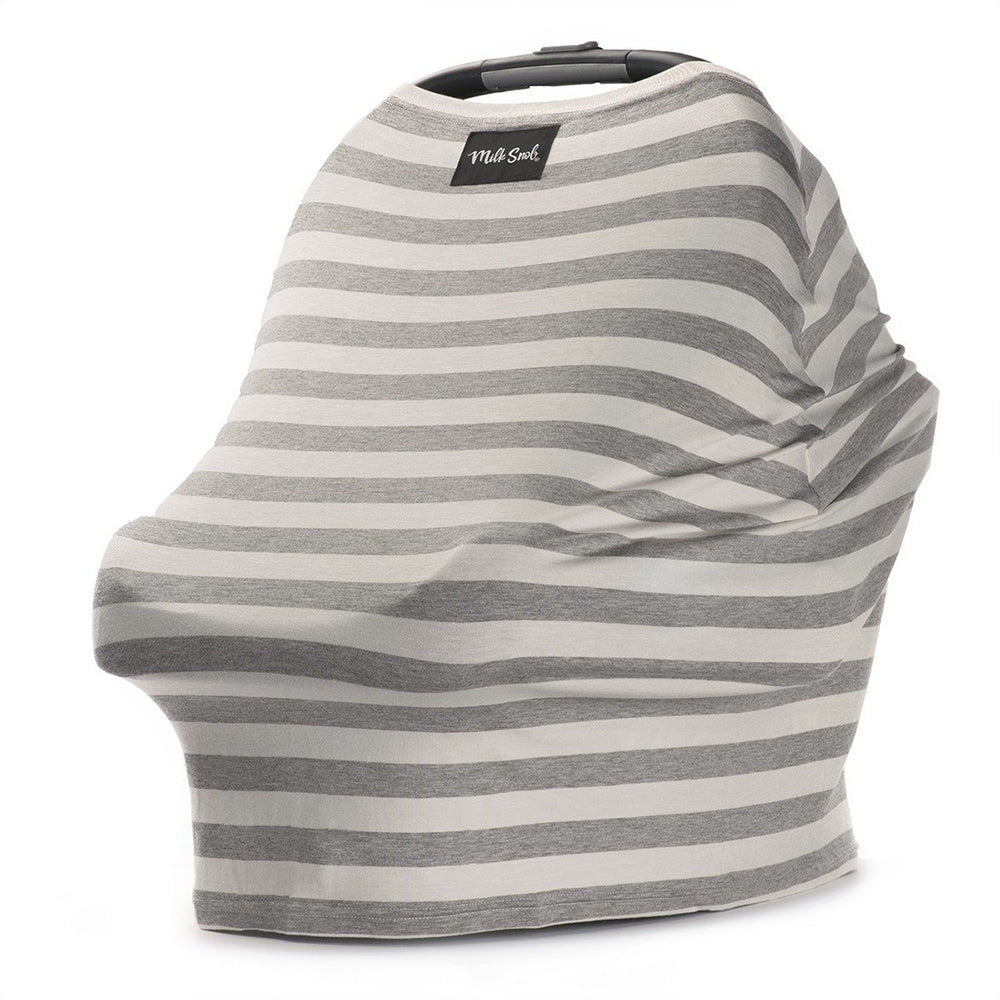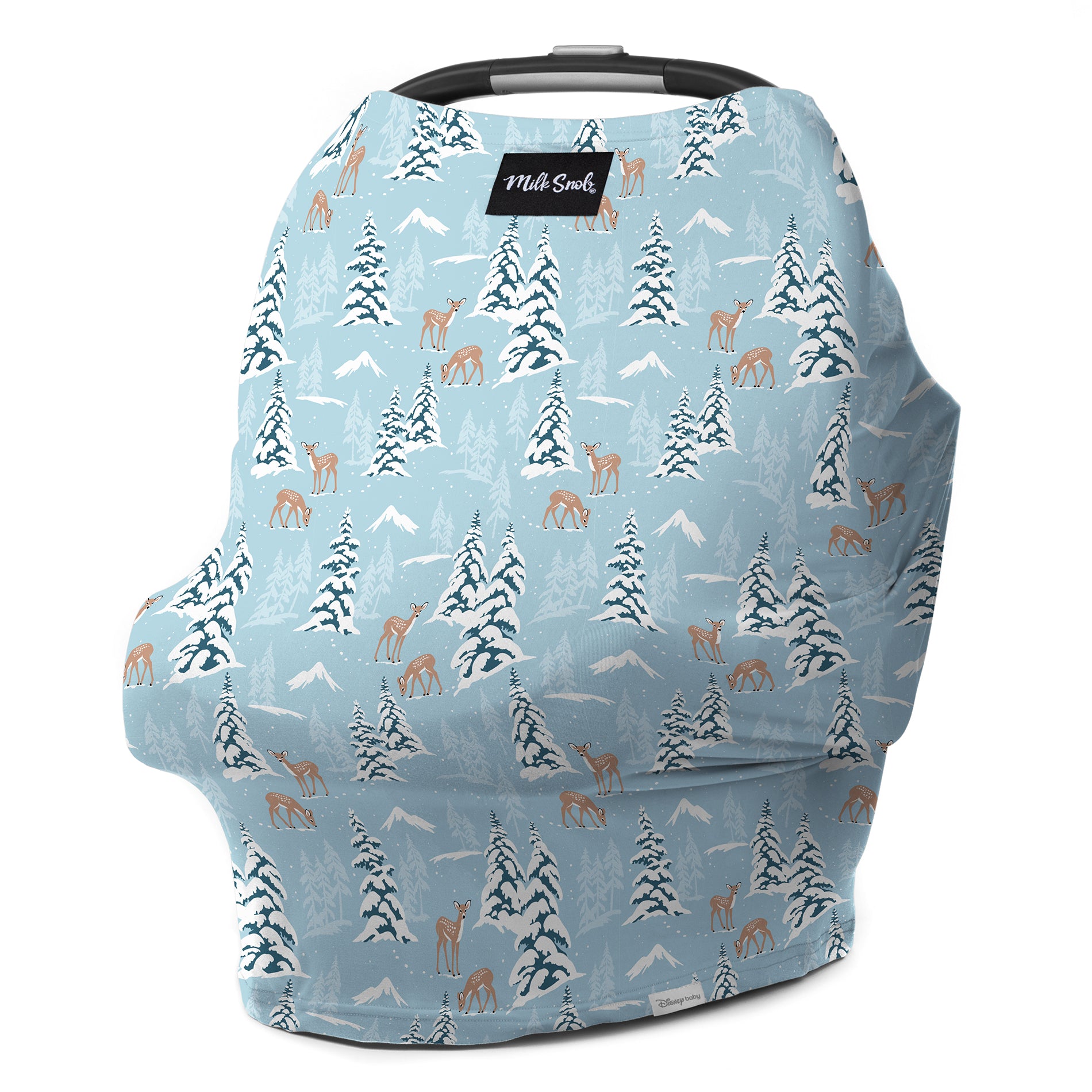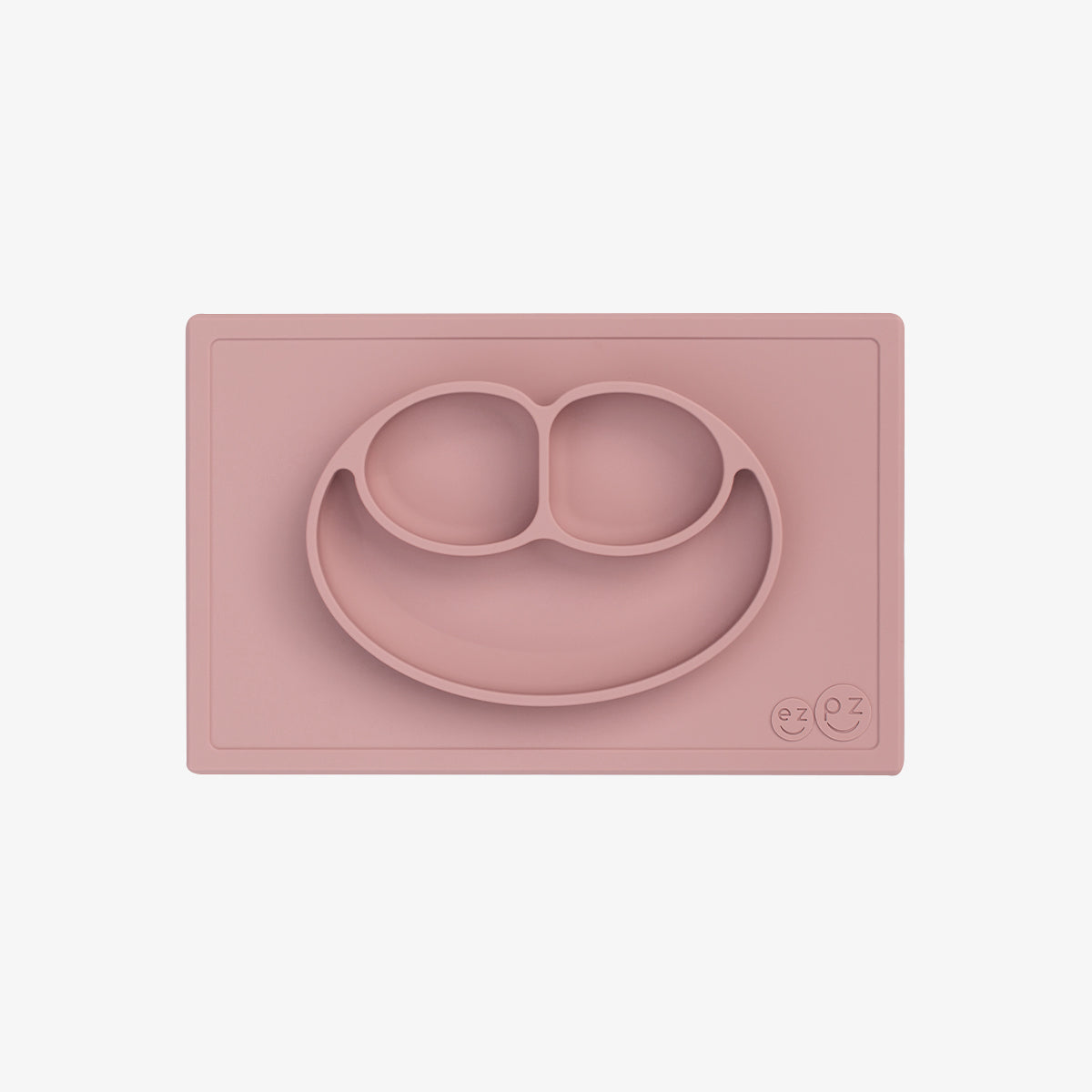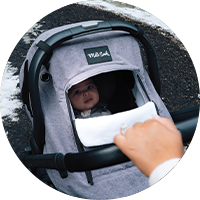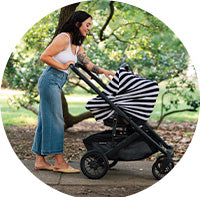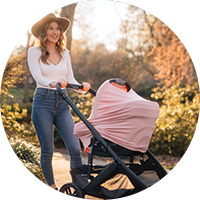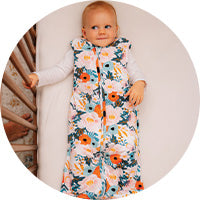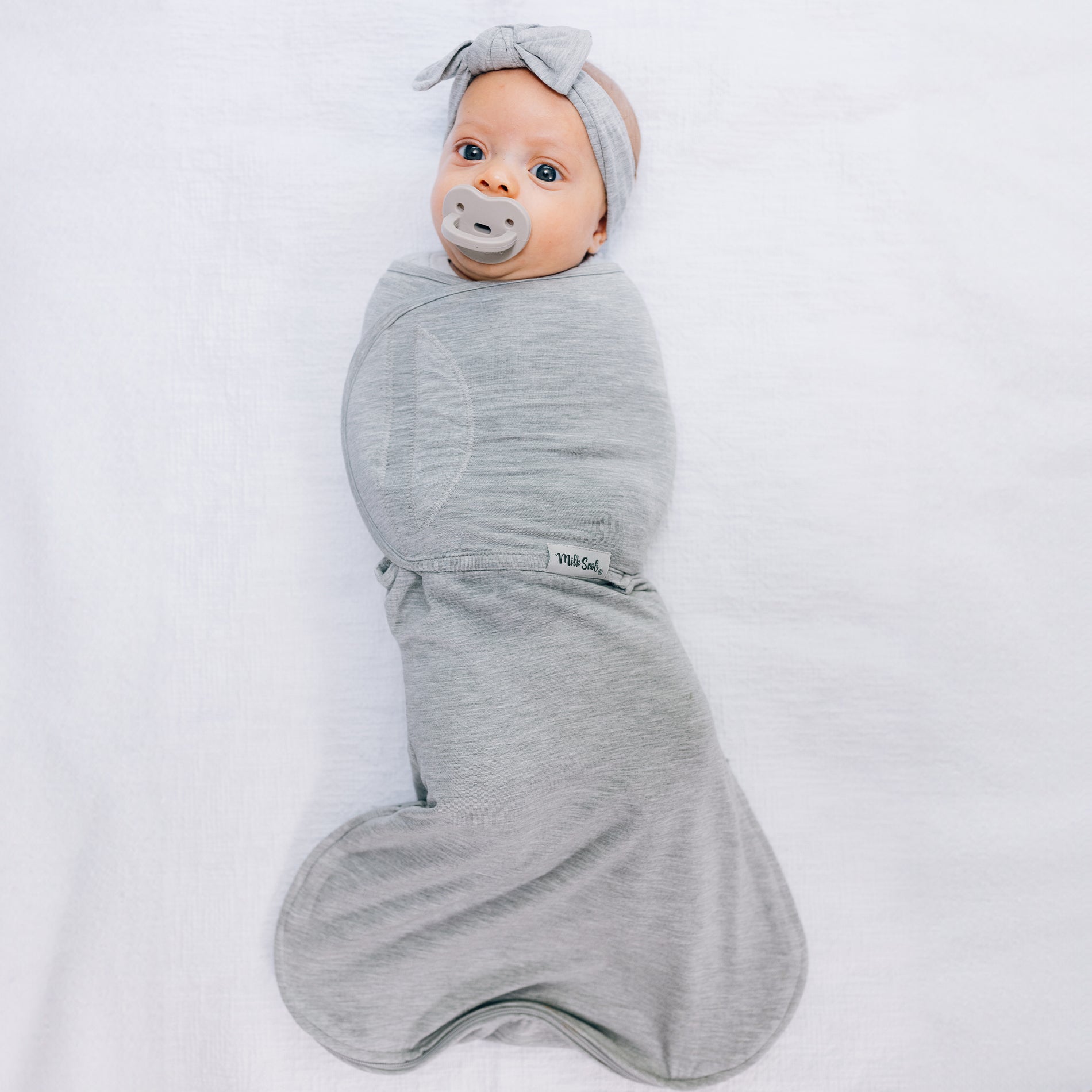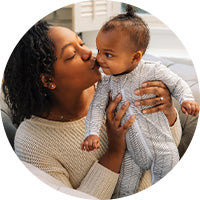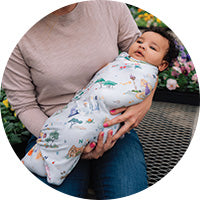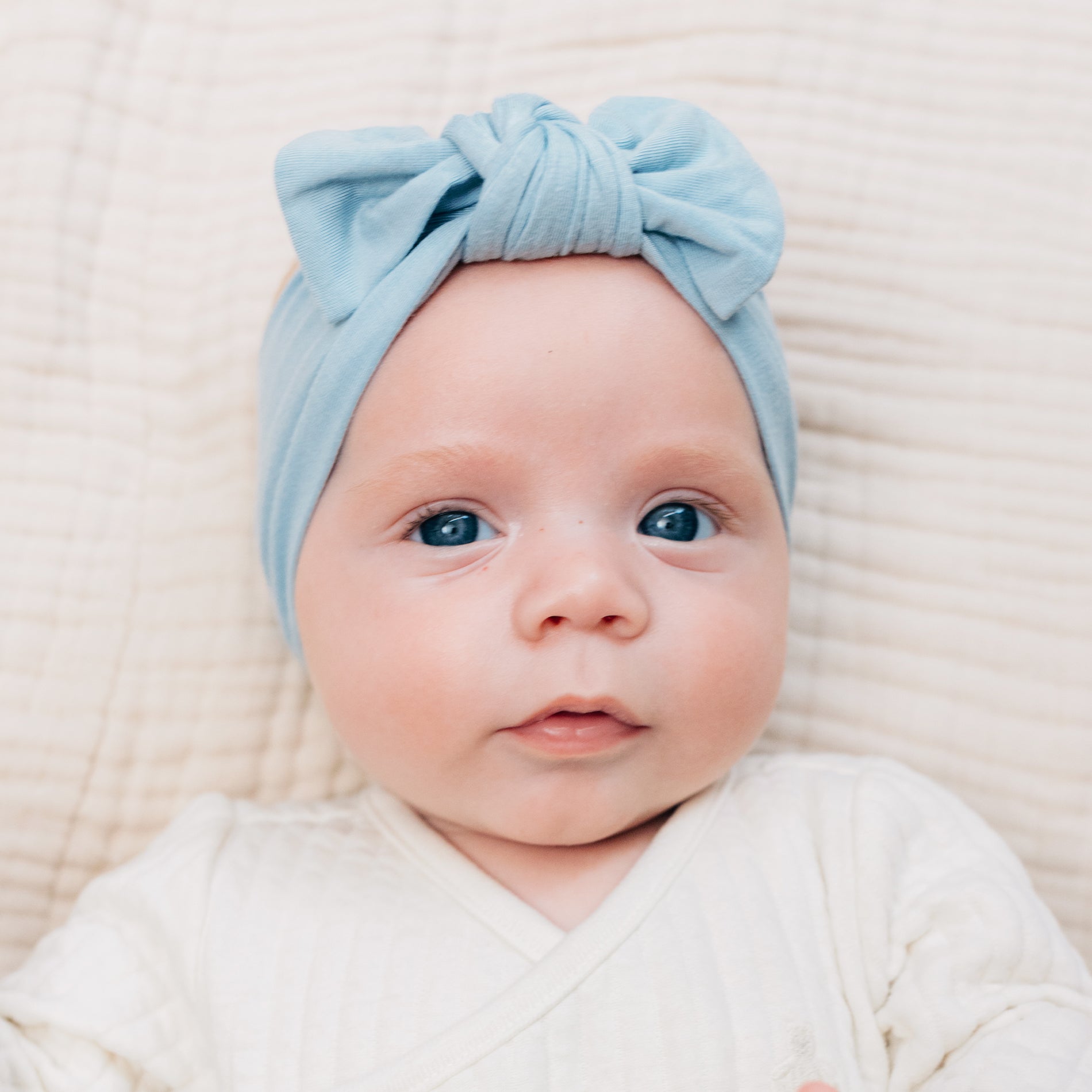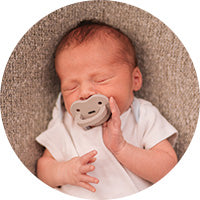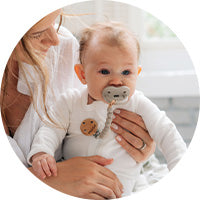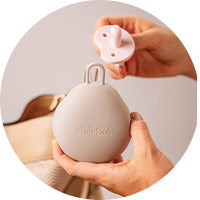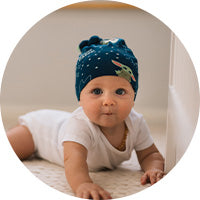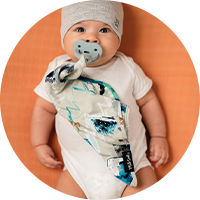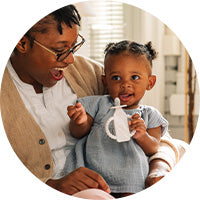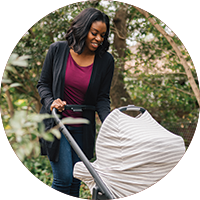Babyproofing Checklist to Complete Before They Can Crawl
Becoming a parent changes everything permanently, and the permanency of parenthood persists in how parents view the world: objects that seemed perfectly benign pre-baby can become malignant threats even before the baby takes up residence in the house. By the third trimester, when the nesting instinct kicks in—and long before your baby can roll over, much less cruise around—you should take a look at our babyproofing checklist to complete before they can crawl. Here we provide some helpful reminders of the important safety measures you should take before bringing your new baby home.
Babyproofing Is for Parents, Too
One of the first things new parents discover is how much time they spend holding, rocking, and carrying their new babies. New moms who thought giving birth meant their infants would no longer be part of their bodies discover that their babies simply find new parts of them to attach to and love. And when you’re wearing or holding a baby, anything that can hurt you can hurt your infant. Slips, trips, shocks, falls, spills, and sharp edges you might have regarded as inconveniences or minor annoyances before take on a much more malevolent meaning. Think about making your home safe for yourself as an essential part of babyproofing—and think about what materials your clothes are made of and what kinds of fabrics will come into contact with your infant. Many nursing mothers use organic nursing covers for the peace of mind they bring, providing privacy under fabric woven from organically produced materials.
Start with the Car
It may seem strange to include the car as a locale for babyproofing, but unless you give birth at home, your baby will likely enter your car before they enter your house. The hospital probably won’t let you leave with your infant until they’ve confirmed you have a properly installed rear-facing infant car seat. Shortly before your due date, take the time to have a certified infant car seat inspector look over your car seat to confirm you have correctly positioned and secured it.
You should also give the inside of your car a thorough vacuuming and dig out all the pennies, pen caps, lost buttons, and furry forgotten breath mints—anything that could be choking hazards when your baby reaches the “put-everything-in-my-mouth” stage. Consider sunshades for the rear windows if you live in an area that routinely receives strong rays. Clean out your garage, and ensure that you’ve properly disposed of or locked up any hazardous or toxic substances. Test your garage door safety sensor to make sure it kicks in to stop the door from closing if something small comes between the door and the floor. Pack away and lock up tools, batteries, bikes, and anything that looks fun to climb on, pull, push, or grab. Lastly, make sure the door into the house has a lock.
Room by Room
One way to approach babyproofing inside the house is to go room by room, imagining a baby’s-eye view. When you look at a room through the eyes of a crawling baby, you’ll notice all kinds of things that could be very interesting—and very dangerous. Certain hazards may be present in every room: electrical outlets, window blinds with cords, possibly poisonous houseplants, and floor lamps that could easily topple over. In the living room, be mindful of securing bookcases and televisions. They can kill small children if they fall. If you have area rugs, make sure they have nonslip pads. If you have any liquor in the house, put it out of reach and lock it up. Screen off fireplaces and hide the key for heaths that use gas logs. Take a critical look at mantelpieces and knickknack shelves, and remove any items that could fall. Install gates at the top and bottom of all staircases.
Spend a lot of time in the kitchen and bathrooms, putting latches and locks on drawers and cabinets, especially those that contain cleaning substances and medicines. Unplug and store any appliances not in use, from coffee makers and blenders to curling irons and hair dryers. Get a toilet latch to keep your bowl from turning into a drowning hazard.
In the nursery, store changing supplies close to the changing table so that you never have to take your eyes off the baby while reaching for a wipe. Nursery dressers present the same types of falling hazards as bookcases and televisions. Choose nursery furniture with safety features such as drawers that won’t pull all the way out, and make sure your crib complies with all safety regulations. Never put bumpers, toys, pillows, or blankets in the crib with the baby.
More General Safety Tips
- Keep fire extinguishers out of baby’s reach
- Make first aid kits accessible to you but not to the baby
- Install a gauge or guard for the water heater to prevent scalding temperatures
- Use nontoxic, lead-free paint on the walls
- Program emergency numbers into your phone that you can dial even when the phone is locked
- Have a way to charge your phone if the power goes out
- Buy an emergency beacon or lighting to ensure first responders can find your house
- Get corner pads for the walls, pad low coffee tables, and cushion hard or sharp protrusions on furniture
- Make sure each level of the home has functioning smoke and carbon monoxide detectors
When a baby is on the way, leave no stone unturned in completing this babyproofing checklist before the baby can crawl—preferably well before the baby arrives in the first place. When a new baby comes home, your parental eyes will begin to see the hazards you never thought about before. Anything sharp, heavy, electrical, corded, toxic, or breakable will jump out at you as a danger to remedy as soon as possible.
At Milk Snob, we know a lot about versatile car seat and nursing covers, but we don’t claim to know everything about babyproofing your home. Be sure to check with your pediatrician and with respected child safety organizations to ensure you’ve neutralized or removed all the possible hazards in your home so that you can spend time enjoying your amazing new addition to the family.



